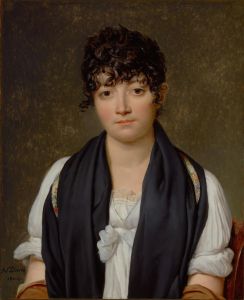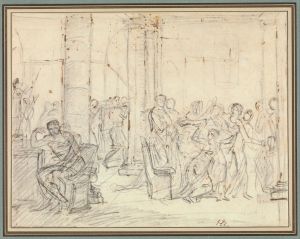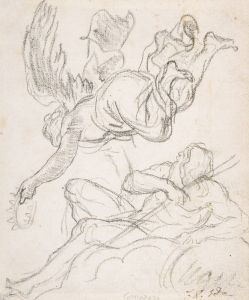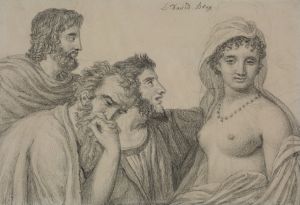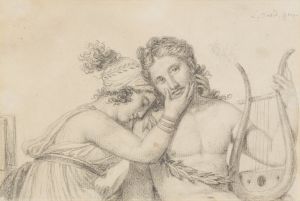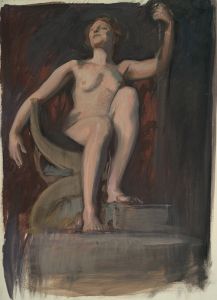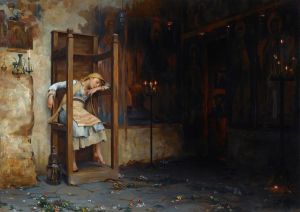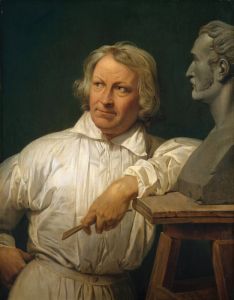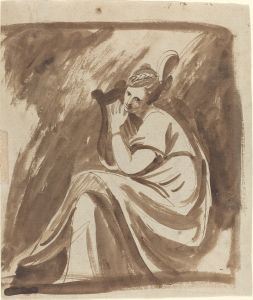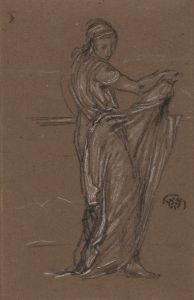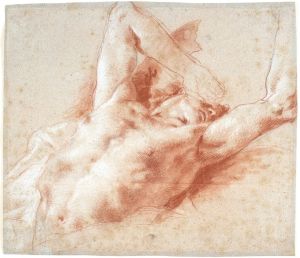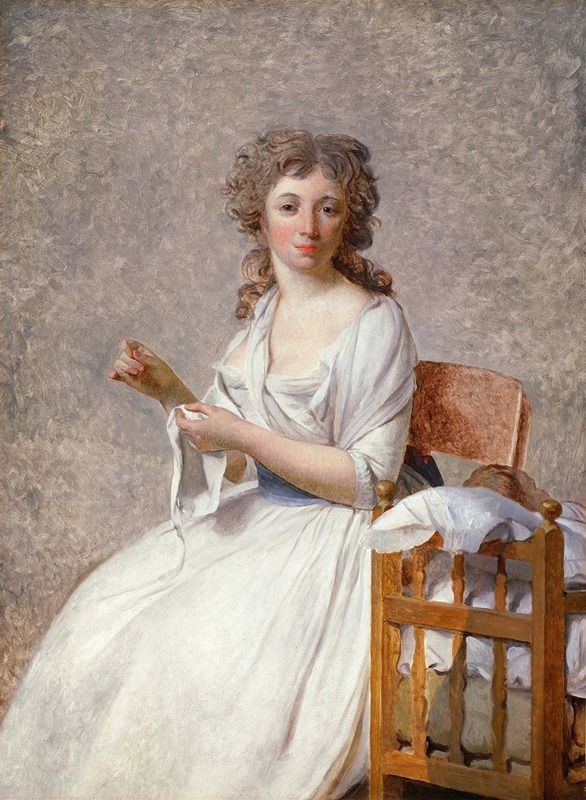
Madame de Pastoret and Her Son
A hand-painted replica of Jacques Louis David’s masterpiece Madame de Pastoret and Her Son, meticulously crafted by professional artists to capture the true essence of the original. Each piece is created with museum-quality canvas and rare mineral pigments, carefully painted by experienced artists with delicate brushstrokes and rich, layered colors to perfectly recreate the texture of the original artwork. Unlike machine-printed reproductions, this hand-painted version brings the painting to life, infused with the artist’s emotions and skill in every stroke. Whether for personal collection or home decoration, it instantly elevates the artistic atmosphere of any space.
"Madame de Pastoret and Her Son" is an unfinished painting by the renowned French artist Jacques-Louis David, created around 1791-1792. Jacques-Louis David, a leading figure in the Neoclassical movement, is known for his precise and detailed style, which often conveyed political and moral themes. This particular work is a portrait of Madame de Pastoret and her young son, showcasing David's skill in capturing the intimate bond between mother and child.
The subject of the painting, Madame de Pastoret, was part of the French aristocracy. Her full name was Émilie de Pastoret, and she was married to Jean-Baptiste de Pastoret, a prominent political figure during the turbulent times of the French Revolution. The Pastorets were known for their intellectual and cultural interests, and they were part of the social circles that included many influential figures of the time.
In the painting, Madame de Pastoret is depicted seated, with her young son beside her. The composition is intimate, focusing on the relationship between the mother and her child. David's use of light and shadow highlights the gentle expression on Madame de Pastoret's face and the innocence of her son. The unfinished nature of the painting adds a layer of intrigue, as it allows viewers to see David's working process and the underlying structure of his composition.
The painting is notable for its departure from David's more politically charged works, such as "The Death of Marat" or "The Oath of the Horatii." Instead, it reflects a more personal and tender side of his artistry, emphasizing familial bonds and maternal affection. This shift in focus may be attributed to the changing political climate in France during the early 1790s, as well as David's own evolving artistic interests.
"Madame de Pastoret and Her Son" is housed in the Louvre Museum in Paris, where it is part of the extensive collection of David's works. The painting is often studied for its technical excellence and emotional depth, as well as its place within the broader context of David's oeuvre and the Neoclassical movement.
Despite its unfinished state, the painting remains a significant example of David's portraiture. It provides insight into the artist's ability to convey complex human emotions and relationships through his meticulous attention to detail and composition. The work also serves as a historical document, capturing the likeness of a notable figure from the French aristocracy during a period of significant social and political upheaval.
In summary, "Madame de Pastoret and Her Son" is a testament to Jacques-Louis David's mastery of portraiture and his capacity to depict the subtleties of human interaction. The painting continues to be appreciated for its artistic merit and its portrayal of a mother and child during a pivotal moment in French history.







